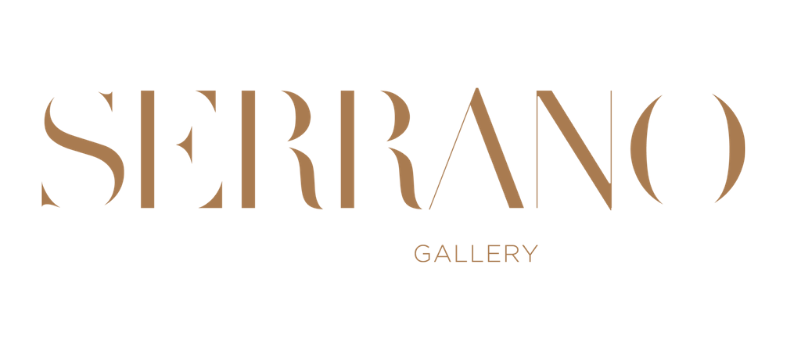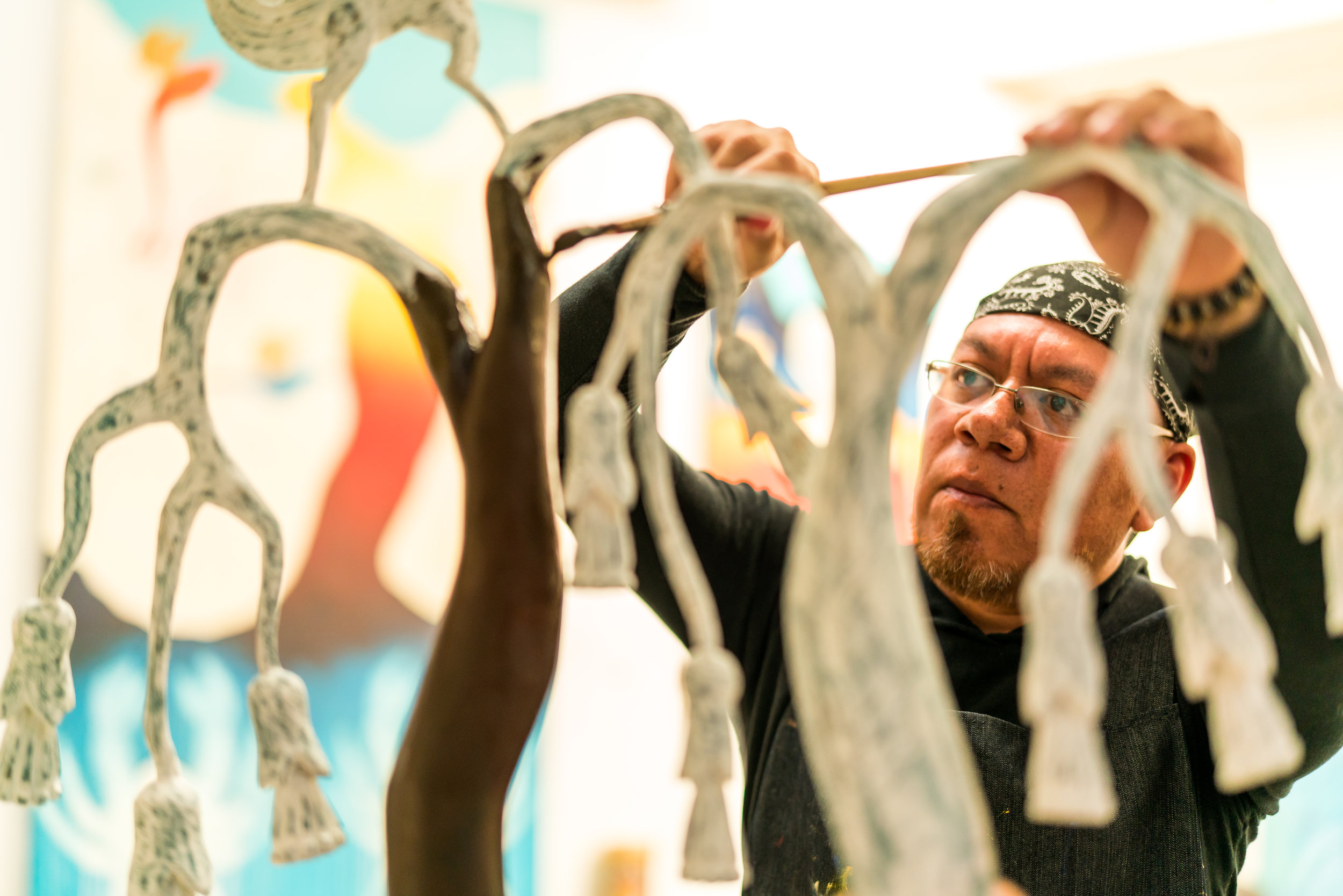Saúl Castro
BIOGRAPHY | CURRICULUM VITAE
BIOGRAPHY
Saúl Castro
Born and raised in the culturally rich city of Oaxaca, Mexico, Castro draws inspiration from the region's rich artistic heritage and blends it with his own unique vision.
His studies at the Fine Arts School of the Universidad Autónoma Benito Juárez of Oaxaca (1989 – 1993), an apprenticeship in the workshop of Plastic arts “Rufino Tamayo” (1995 – 1998), and a collaboration with Master Artist Shinzaburo Takeda for a mural in Japan (1993) all inspired his early artistic career.
One of the defining characteristics of Castro's art is his expert use of symbols, which are woven throughout his pieces to convey profound meanings. Among the symbols that frequently appear in his artwork are the crab, pomegranate, rooster, and women. Each symbol carries its own significance and contributes to the intricate narratives woven within Castro's creations.
The crab, for instance, often represents cycles of rebirth and transformation in Castro's art. It symbolizes the ebb and flow of life, the constant change and evolution that is inherent to human existence. Through the depiction of crabs, Castro explores themes of adaptability, resilience, and the never-ending cycle of growth.
The pomegranate, on the other hand, represents abundance, fertility, and hidden potential. In Castro's art, this symbol is often used to signify the richness of life, the interconnectedness of all things, and the vast possibilities that lie within every individual.
The rooster, a symbol commonly associated with Oaxacan folklore and traditions, represents courage, protection, and vitality. Castro incorporates this symbol into his artwork as a reminder of the strength and vitality that lies within individuals, and as a call to embrace one's own power and authenticity.
Lastly, women play a prominent role in Castro's art, symbolizing femininity, resilience, and the nurturing aspects of humanity. Through his depictions of women, Castro celebrates their strength, beauty, and the vital role they play in shaping society.
To create a unique atmosphere in his paintings, Saul Castro employs the encaustic technique, a method that involves using heated beeswax mixed with pigments. This ancient medium allows him to achieve a soft and ethereal quality in his artworks, evoking a sense of dreamlike serenity. Through delicate brushstrokes and layers of translucent wax, Castro creates a sense of depth and mystery, inviting viewers to lose themselves in the poetic narratives of his pieces.
Castro's artistic style is characterized by bold and vibrant colors, intricate patterns, and meticulous attention to detail. He skillfully combines traditional Oaxacan techniques with contemporary artistic elements, resulting in visually striking pieces that engage viewers on multiple levels.
Saul Castro's art has been exhibited in galleries and museums around the world, and his work has garnered critical acclaim for its depth, symbolism, and artistic excellence. Through his art, he continues to explore the human experience, offering glimpses into the rich tapestry of Oaxacan culture and the universal themes that connect us all.

